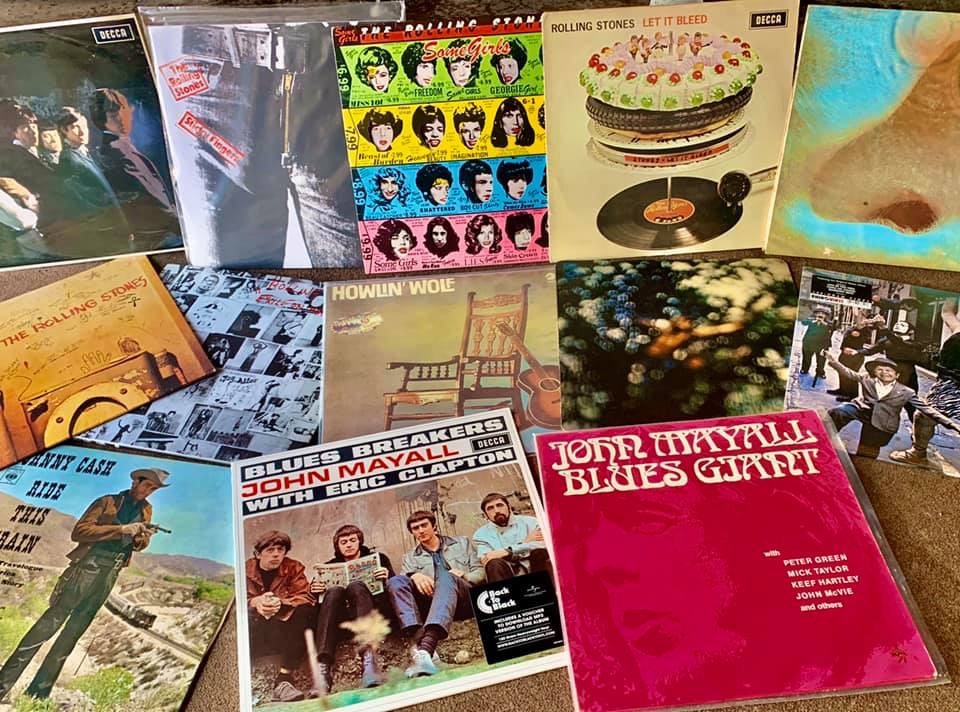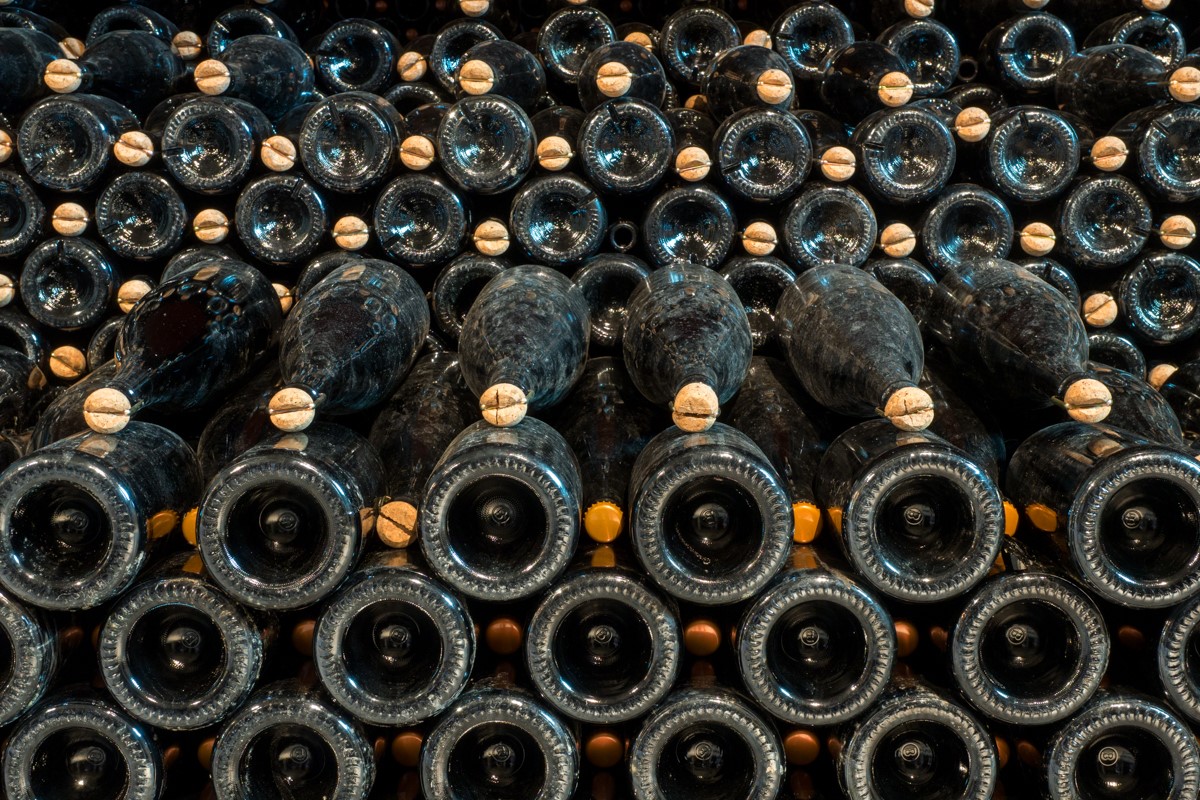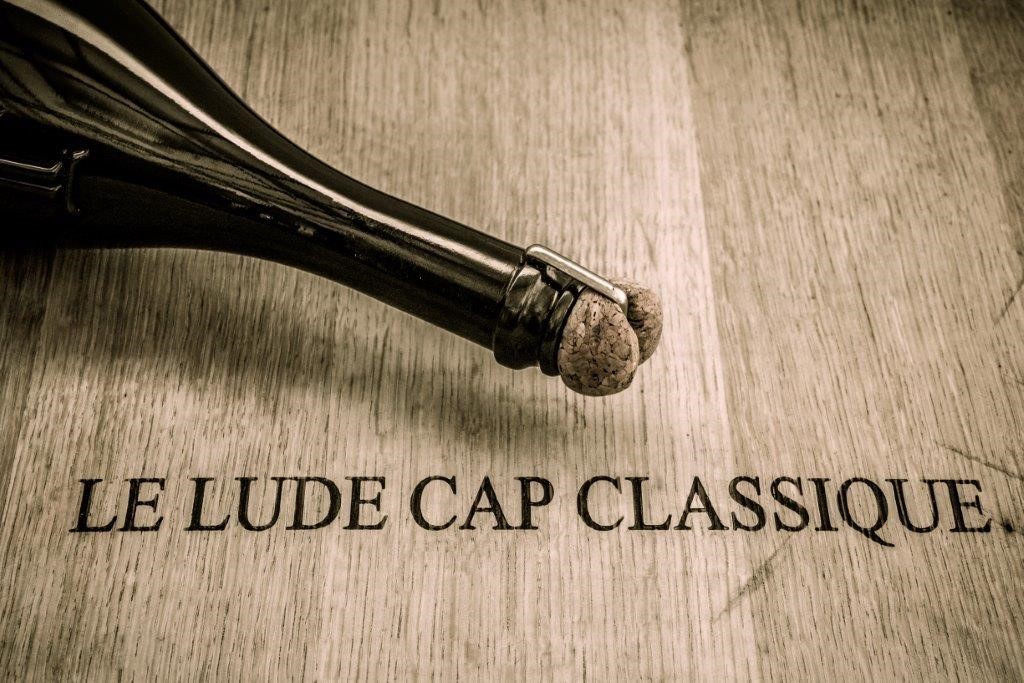
Agrafe – A Pioneering Method for MÉTHODE CAP CLASSIQUE
As much as fizz is fun to drink, so it is a highly technical wine to make; Champagne, or Méthode Cap Classique as the style is known in South Africa, is the most intricate. Producing quality MCC, like the bubbles themselves, is a challenge accepted by a never-ending stream of producers; some make nothing else but bubbles. One of the most recent bubbly specialists is Franschhoek-based Le Lude, where super-enthusiastic, fizz fanatic, Paul Gerber (once a maths teacher!) pressed his first chardonnay and pinot noir in 2012.

Informed by working the harvest each year in Champagne, Gerber’s MCCs, as young as they are, promise to be among South Africa’s best, along with front-runners such as Graham Beck, Villiera and Simonsig (where Frans Malan made the country’s first MCC from Chenin Blanc in 1971).
The first Le Lude wines, Non-vintage (2012) Brut and Rosé, were released in 2015; two years later, the range of 2012 Vintage wines -- in both standard and Gerber’s favourite magnum sizes – came on stream recently. Some introduced a pioneering method in South Africa, one also used by a few producers in Champagne.

Agrafé entails the second, bubble-making fermentation, taking place under cork, a metal clasp (the agrafe) ensuring it is held firm. After disgorgement and the addition of dosage, a new cork and clasp are attached. Apart from the unusual appearance, the major difference from wines which undergo their second fermentation on crown cap, lies in the texture.
In Le Lude MCCs, the agrafe method results a softer bubble, a richer and slightly more evolved wine. The Rosé, where a little red wine is added for colour, exhibits more fruit. This contrasts with the linearity and arrestingly vivid bubble of wines under crown cap, features which also highlight their seriously dry finish (dosage varies from just under 3 g/l to just over 4 g/l), much drier than most MCC drinkers are accustomed to and probably too challenging for the average South African palate. At a recent tasting of Champagnes and other international sparkling wines, the average NV Champagne presented had a residual sugar of around 9 g/l, which to me seemed quite sweet, but is considered more palatable for this country’s Champagne lovers.

Le Lude Vintage wines are ambitiously priced, more expensive than Champagne in some cases; the Agrafe wines are more expensive than those receiving their second-fermentation under crown cap, with Vintage Cuvée topping out at R1790 per bottle, but none in the range sells for under R1000. Quantities are tiny for this first vintage – just over 200 bottles for each style/bottle size – but are set to increase considerably in future vintages, depending on sales.
South African Méthode Cap Classique probably doesn’t receive the international recognition the best deserve (some international awards nothwithstanding); as Le Lude wines gain in age and become more widely known, they will surely help in this regard.
-Angela Lloyd
